These artists and artisans know how to satisfy sugar craving. Although their pieces are ephemeral and not created to last, they are literally what one calls an eye candy.
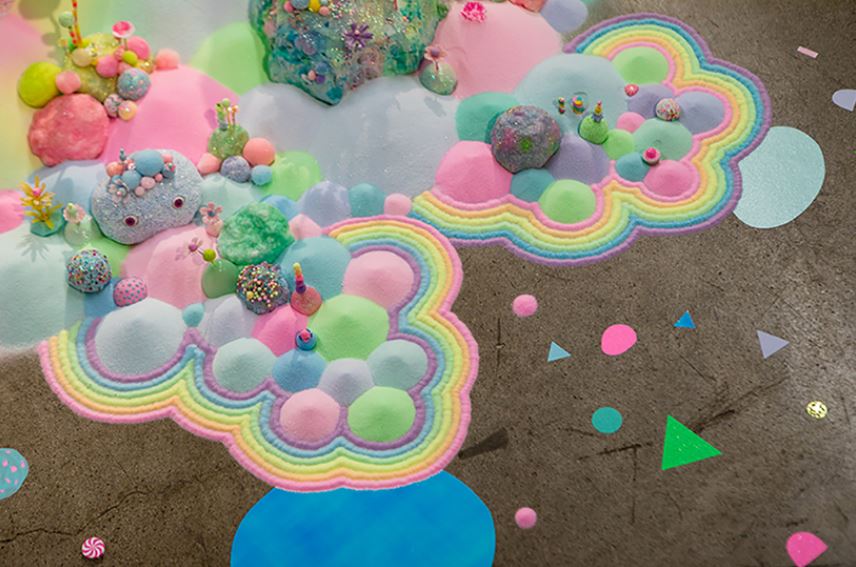

Amezaiku by Shinri Tezuka
Young Japanese artisan Shinri Tezuka has revived the ancient Japanese candy art of Amezaiku in a series of hyper-realistic sculptural edibles. One of a few remaining Amezaiku practitioners in Japan, Tezuka uses colorful food-based paints and tweezers to shape sugar base into miniature hyper-realistic sculptures, typically an animal or insect with intricate characteristics.
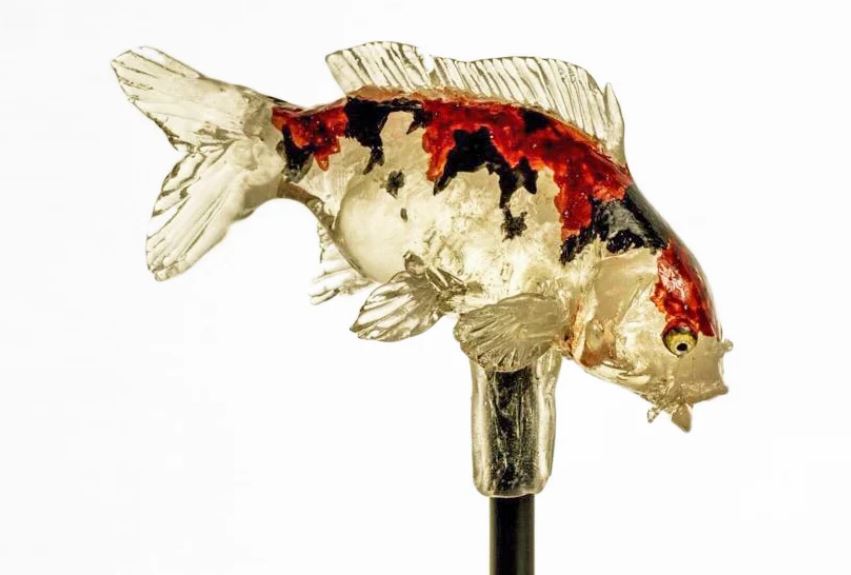
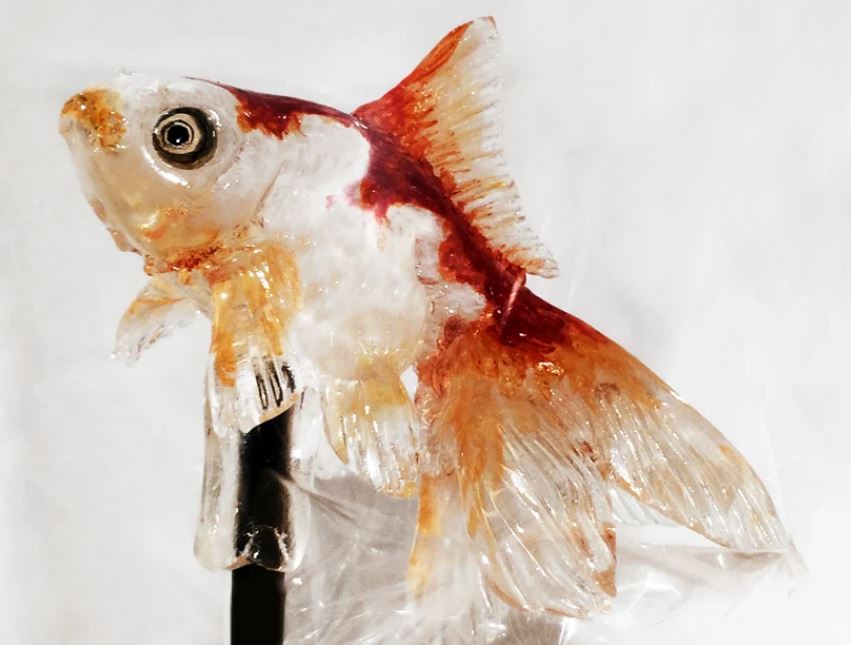
Amezaiku by Shinri Tezuka
The technique of Amezaiku has been passed down over generations. However, because Amezaiku is a traditional subculture, there is no literature with detailed descriptions of the processes and skills involved. To create an artwork of a candy, starchy syrup is kneaded, pulled by hand, and formed into a large ball, which is then reheated to make it pliable again.

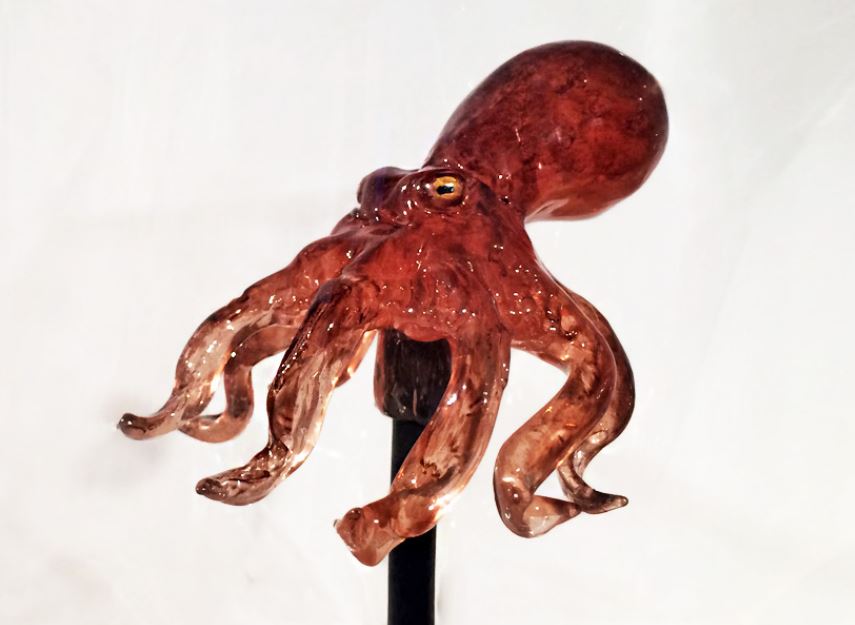
Amezaiku by Shinri Tezuka
The artist then puts his hand into the hot mass to pinch and sculpt the necessary material, then quickly rolls and mounts it on a stick. Finally, the mass is pulled, twisted and clipped into form. It is essential to go through all the stages quickly, since the sculpture must be completed before the candy cools and hardens again.
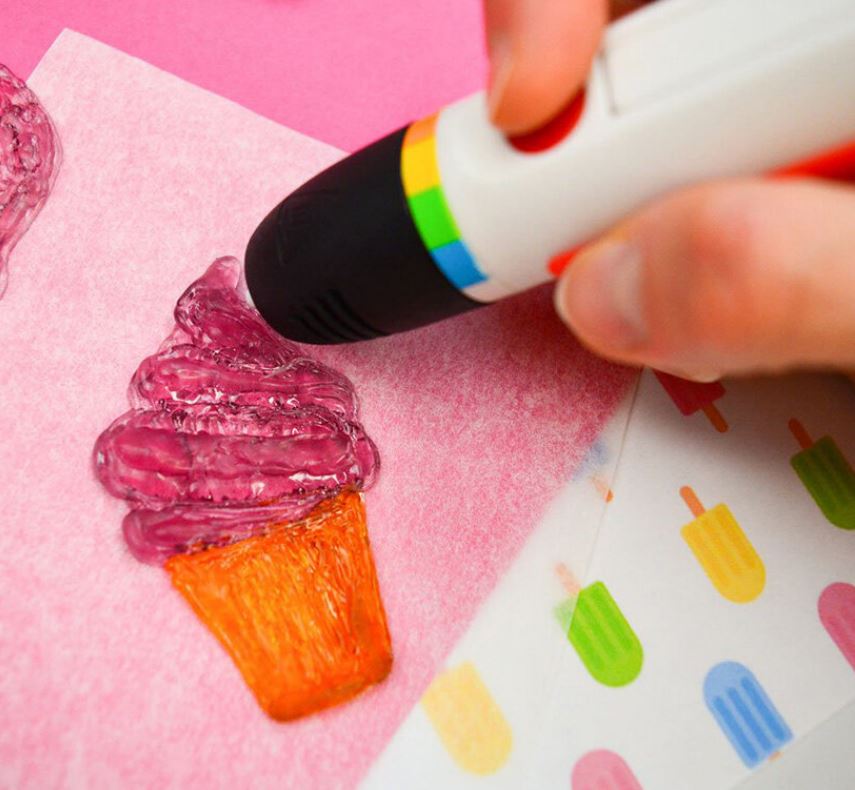
Candyplay by Polaroid
Quite on the contrary, Polaroid’s Candyplay is a modern approach to candy art. By replacing extruded plastic with melted candy, the 3D printing pen allows users to create unique three-dimensional edible pieces of candy. Although 3D printers extruding edible material are not an entirely new concept to the world of design, what makes this product stand out is that it is very easy to use and does not require the user to learn any software or prepare a 3D model first.
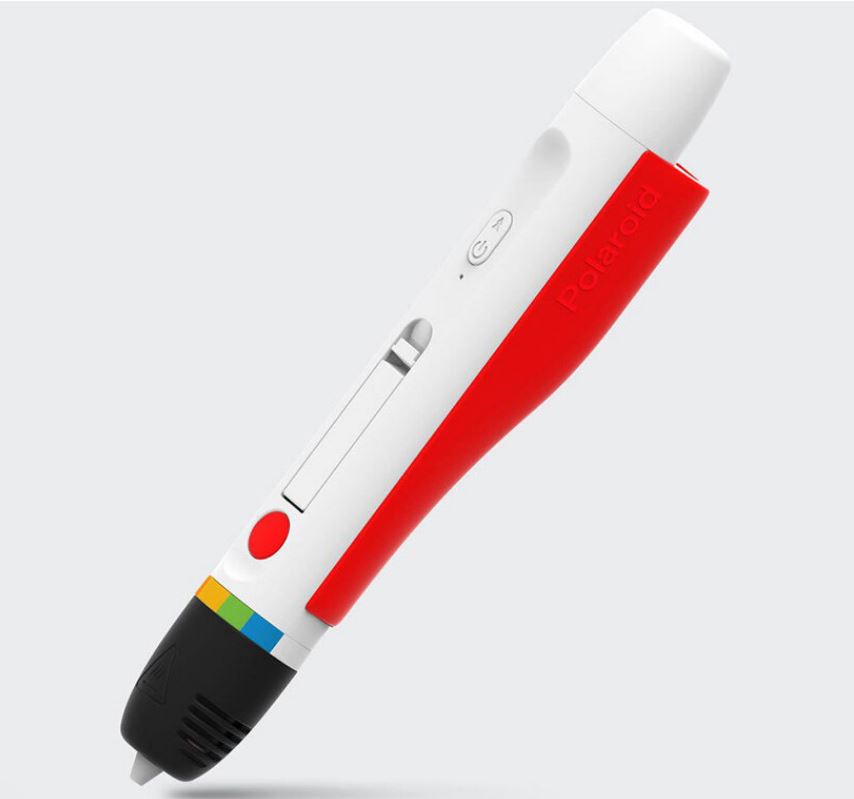

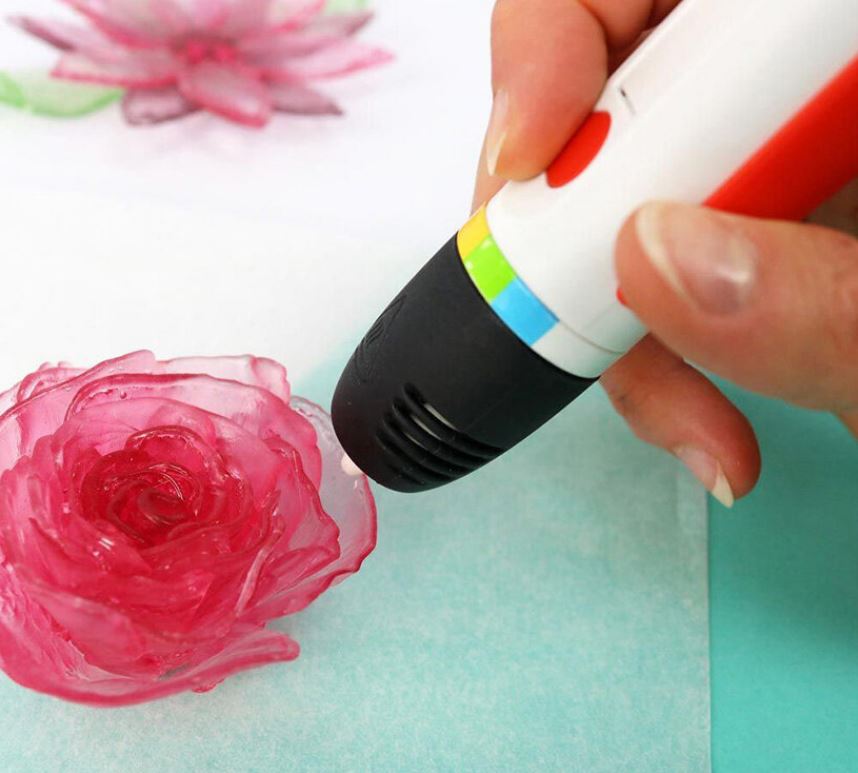
Candyplay by Polaroid
To use it, one has to plug it in, wait for an LED to tell you that the heating mechanism is warm enough, and then press the single red button to extrude the sticky material intermittently, or set it to flow freely. The result is solely up to the doodler’s imagination and skill level.
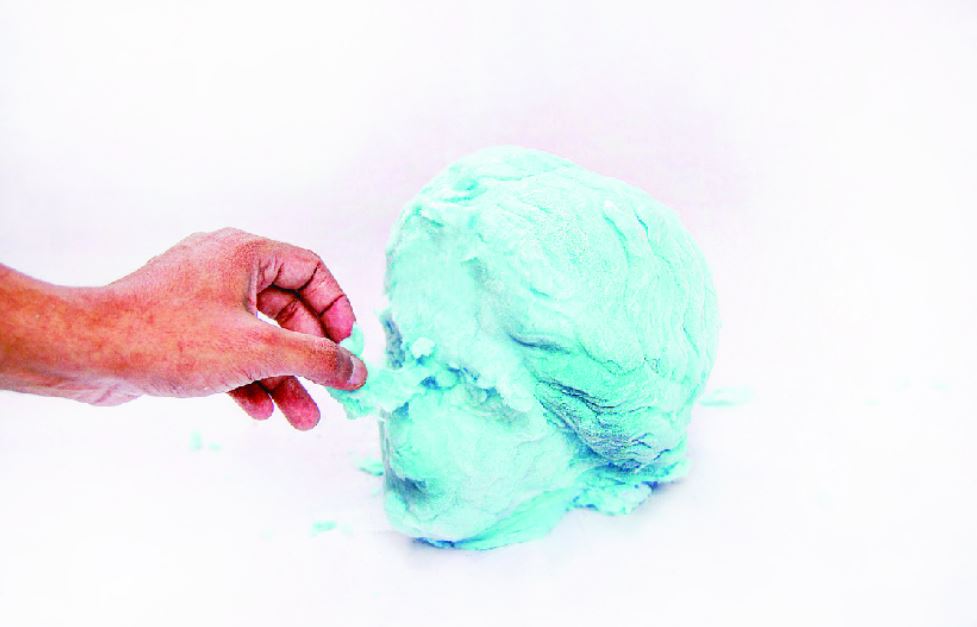
Inimical Nostalgia by Wasim Zaid
Born in Lebanon and raised in the United Arab Emirates, artist Wasim Zaid shapes blue cotton candy into an artwork referencing Hellenistic-era sculptures from ancient civilizations. According to the artist, the features of the face can be effortlessly pulled apart in an effort to convey how our reverence for the past is based on a mere notion (that can also be pulled apart) and can end up becoming a hindrance to development.
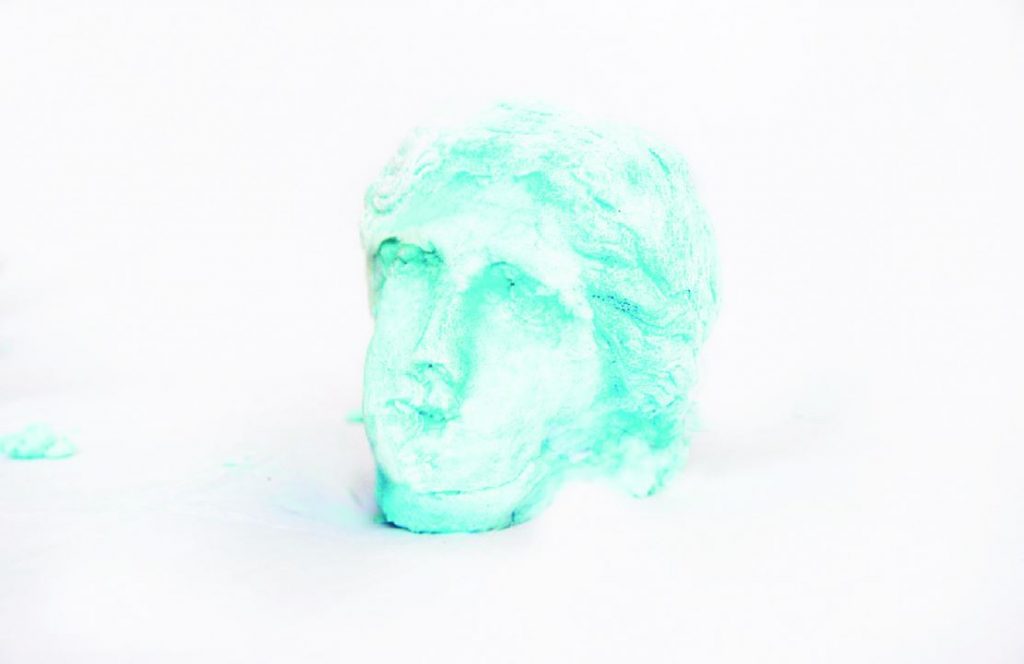
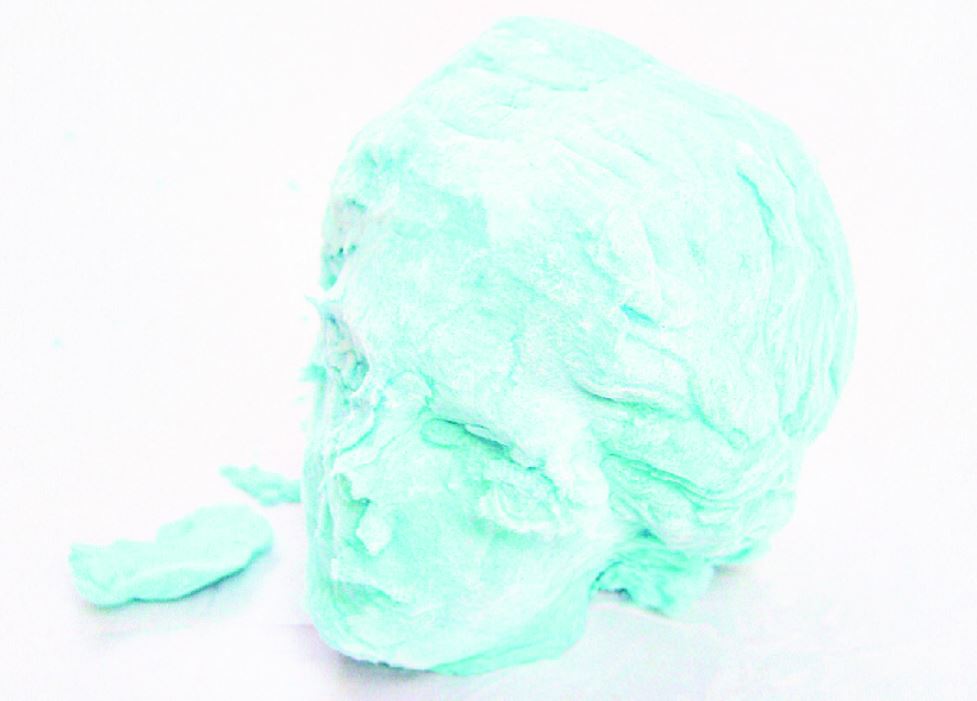
Inimical Nostalgia by Wasim Zaid
The concept behind the work seeks to convey how our sweet, yet rose-tinted view of the past hinders the progress of society in present day.
Header image: Here Comes Sunshine by Tanya Schultz